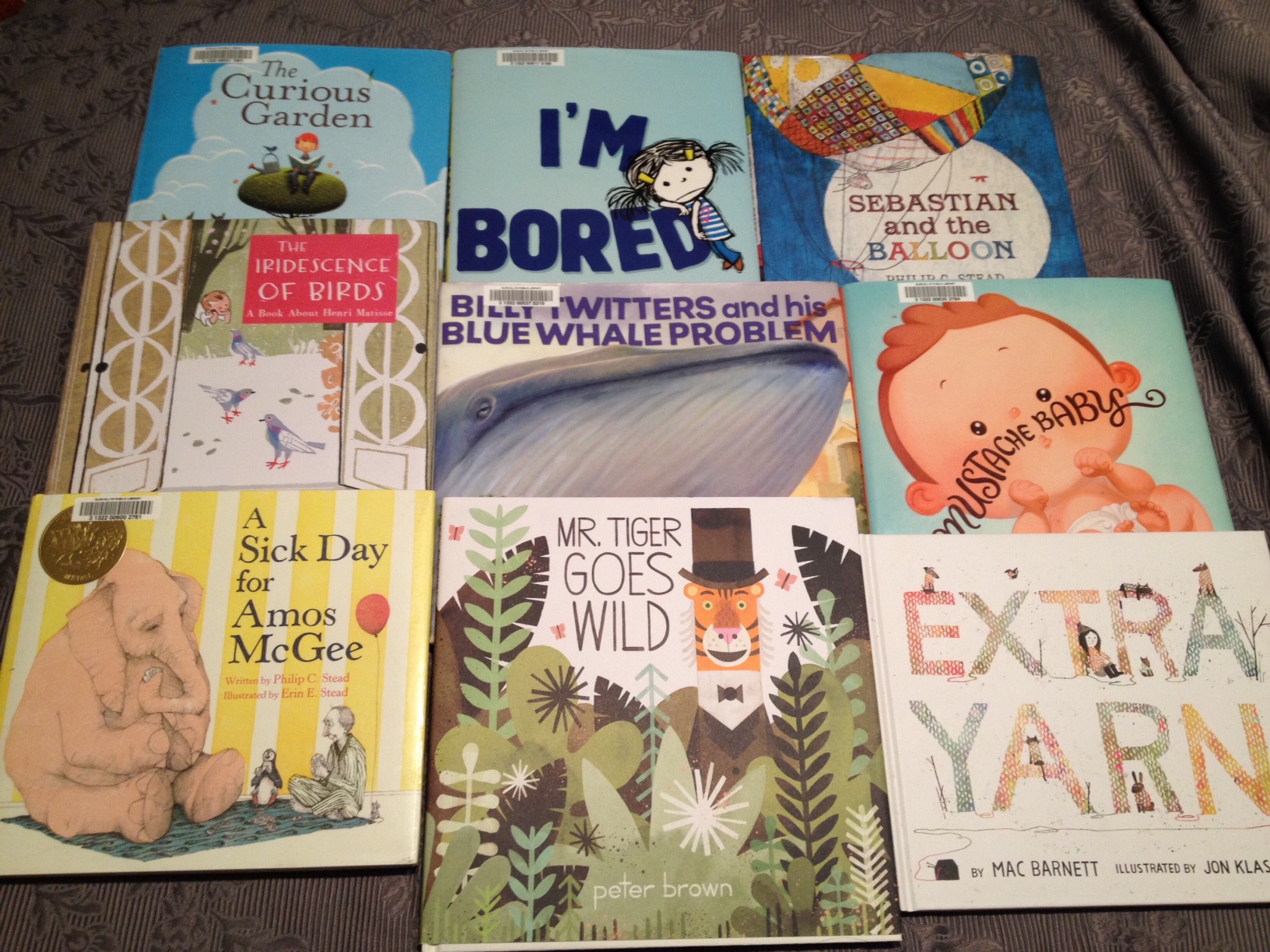
Mentor Texts for Writers: The Sum and Parts of Picture Books by Patricia Toht
Fellow GROGger, Patricia Toht, always delights me with her posts. I always learn new things from her and how she analyzes texts. I hope you enjoy this analysis of how to dig into picture books.
It’s suggested that, as writers, we should read 100 books in the genre we’d like to write. Having hosted story times at both a bookstore and a preschool program, I’ve happily read more than ten times that many picture books. What a joy!
Now that I’m writing picture books myself, I’ve discovered that my brain has a pretty good feel for the general rhythm found in most picture books – the rise and fall of action, three-part movements, melodious sentences, etc. This is invaluable when I’m working on pacing and page turns.
But using mentor texts doesn’t stop with that overarching rhythm. With each new book I write, I find challenges that would benefit from a narrower study. My current WIP has rhyming text, as well as a suggestion for a wordless spread, so I have two specifics to look into:
Challenge #1 – Rhyming Text
Sources for texts: My own library, industry reviews (Kirkus, Publishers Weekly, Horn Book), blog reviews, and a list developed during last year’s RhyPiBoMo (Rhyming Picture Book Month).
Analysis:
- How many stanzas in the book?
- What is the type of stanza (e.g. couplet, quatrain, free verse, etc.)?
- What is the rhyme scheme?
- Are there any variations in the rhyme?
Findings: Julia Donaldson’s books proved to be terrific mentor texts for me. Often written in quatrains with an ABCB rhyme scheme, they often had smaller embedded refrains. I typed up several of them to get a feel for the rhythm, nuances and page breaks.
For more specific findings about rhyming picture books, see my blog post about it here.
Challenge #2 – the Wordless Spread
Sources for texts: It turns out that there’s no easy way to search for picture books that contain wordless spreads! Luck for me, a blog post at PictureBookBuilders gave me a few titles to begin my search with. A question posed to Facebook friends from PiBoIdMo (Picture Book Idea Month) added more.
Analysis:
- Where in the book does the spread occur?
- What is the use of the spread? (Is it a visual punch line? Does it slow or quicken the pace? Does it compress time? )
- What emotion is conveyed?
Findings: I gathered all of my findings in a spreadsheet.
You can find a written summary on the GROG.
As before, the perfect mentor text for me floated to the top – QUEEEN VICTORIA’S BATHING MACHINE. Again, I typed it up, noting page breaks, location of the wordless spread and its function, which gave me insights for my own book.
From my experience of looking at mentor texts, I can offer a few suggestions for picture book writers:
- Read picture books for the sum (the whole book) as well as its parts (individual elements).
- Reviews in trade magazines and blog sites (including this very one!) are helpful sources for mentor texts.
- Join writing groups. Fellow authors will amaze you with their knowledge!
- Develop a systematic way of comparing titles. I often use an Excel spread sheet, adding columns as I notice more helpful comparisons.
- Remember that it’s good to learn the “rules,” but it’s also okay to break them sometimes.
Patricia Toht is a Chicagoland native who was also lucky enough to live in England for several years. She owned a children’s bookshop, Never Never Land, before turning her hand to writing. She is the author of two upcoming picture books by Walker Books, PICK A PUMPKIN and PICK A PINE TREE (Autumn, 2017). Her poetry appears in AND THE CROWD GOES WILD!: A GLOBAL GATHERING OF SPORTS POEMS (Friesen Press) and THE POETRY FRIDAY ANTHOLOGY FOR CELEBRATIONS (Pomelo Books).
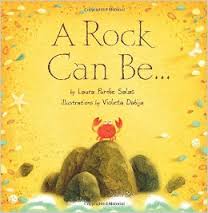
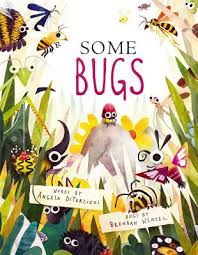
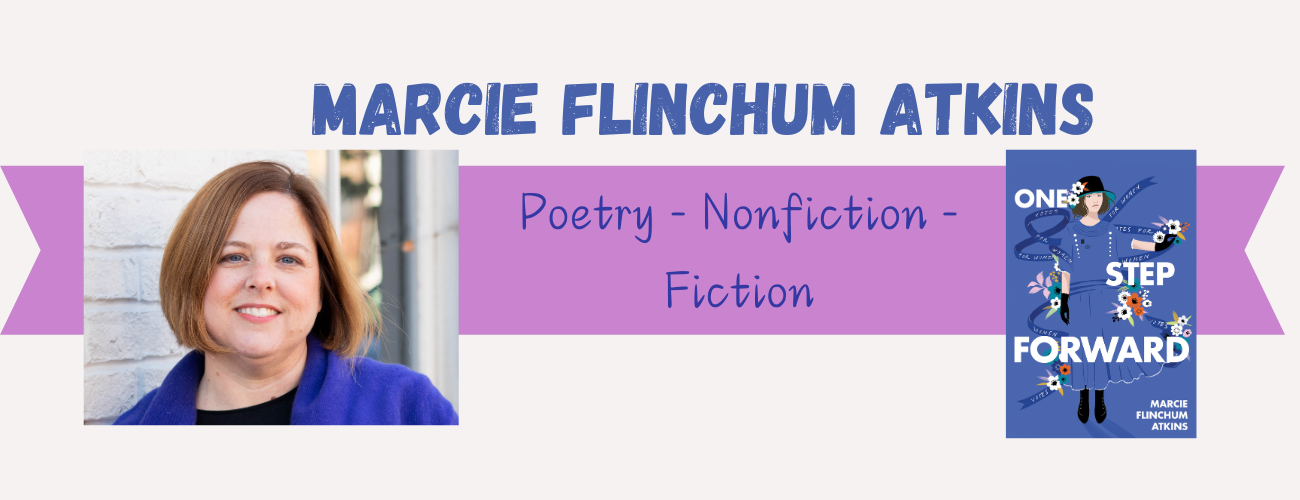
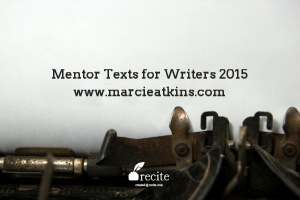
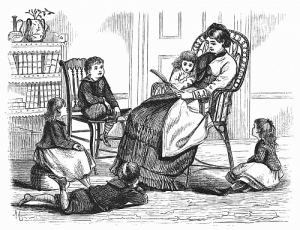
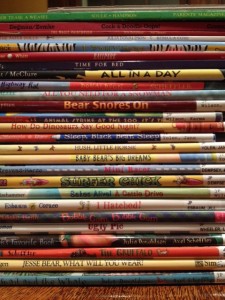
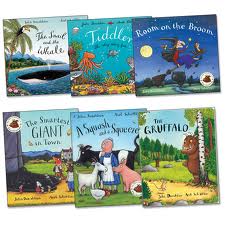
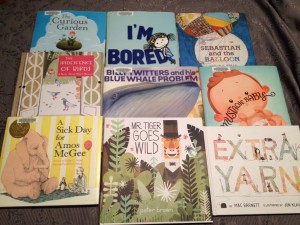
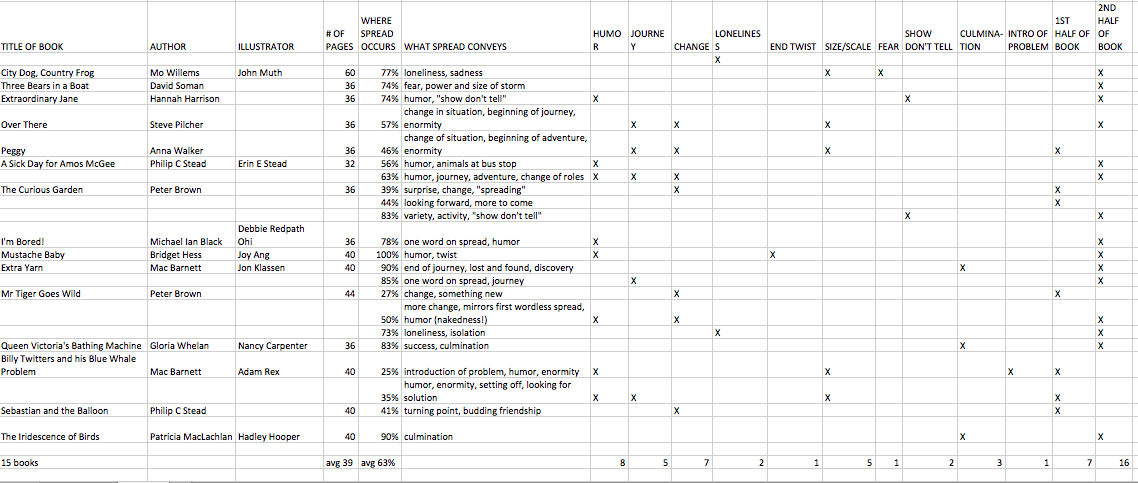
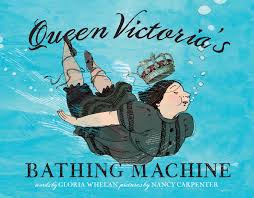

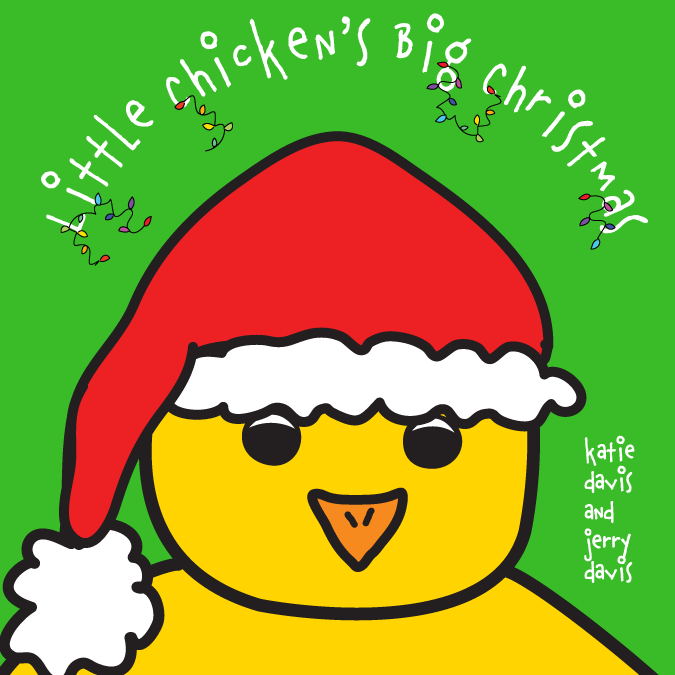

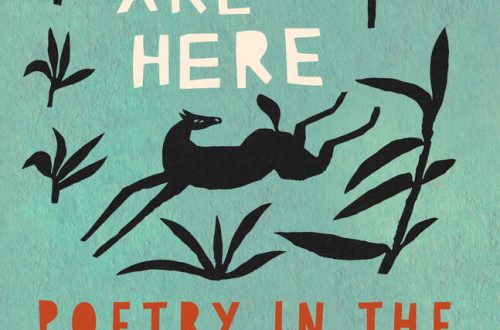
3 Comments
Kathy Halsey
Patty and marcie, I like to write the quatrain. Gonna have to explore those mentor texts! The spreadsheet is GOLD, girl, gold. The questions for your mentor texts are very, very useful, too. I will share this.
Tina Cho
Wow, Patty! You’re so organized. Love that Excel sheet!
Charlotte Dixon
Great post, Patty! Thank you for sharing your exploration of mentor texts. The questions and analysis hummed with info. The Excel sheet was icing on the cake!